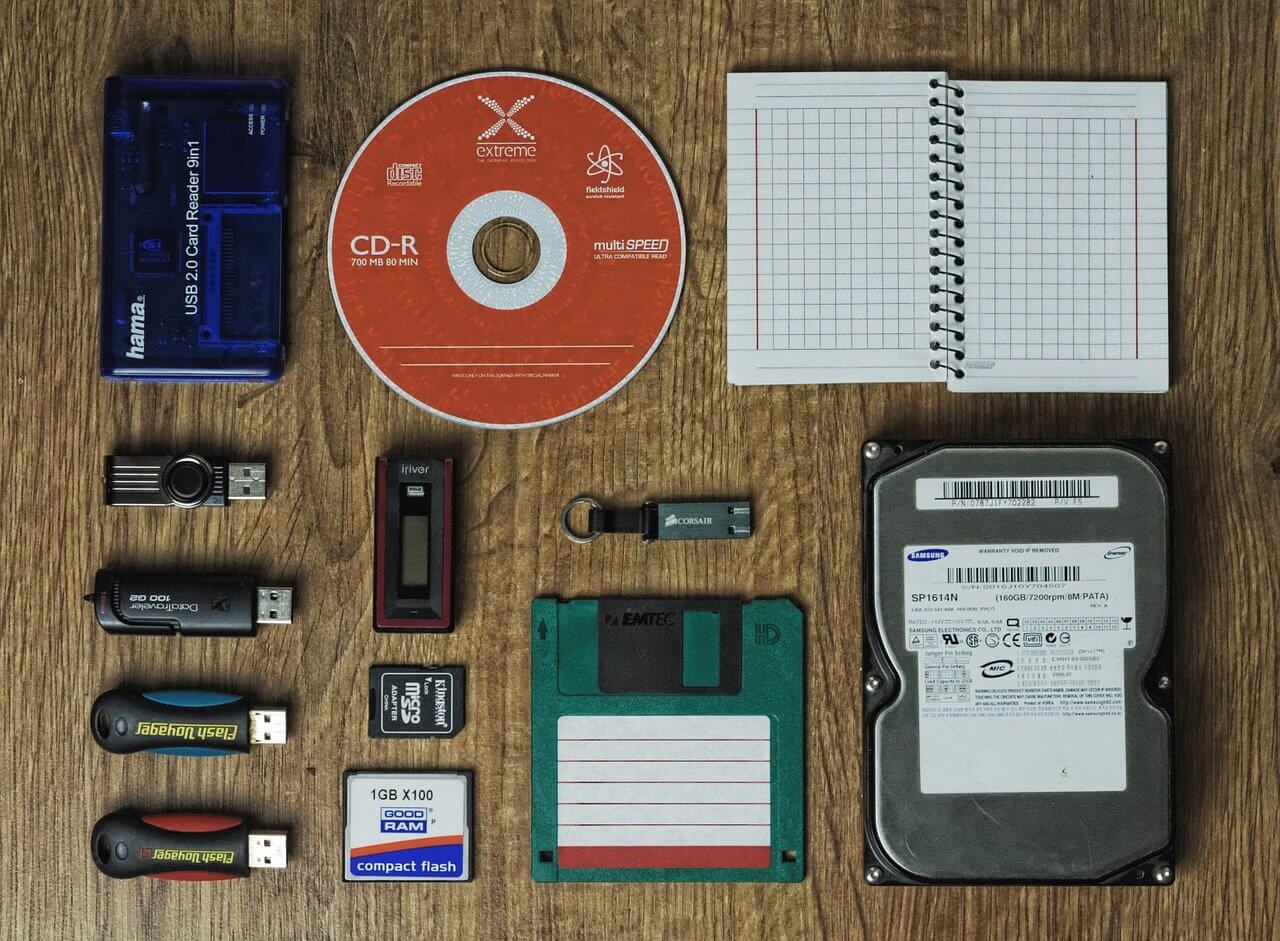Top 5 File Recovery Tips for PCs, SD Cards, and USB Drives
Losing your files in a crash or accidentally deleting them is always stressful, especially because most people think that file recovery is something only professional computer technicians can do. However, it’s not at all hard to get your files back. You don’t have to spend hundreds of dollars on technician help - all you need to do is download reliable file recovery software and follow file recovery best practices.

In this article, we’re going to share with you five file recovery tips for undeleting data from PCs, SD cards, and USB drives. You’ll get your files back in no time!
Tip 1: Check If the File Is Really Deleted
The first thing you should do when you think you need to recover deleted files is to check if the files are really gone. If your files were on your PC’s hard drive, the first place to check is the Recycle Bin. Most likely, the files went there when you hit the Delete key and you can put them back in just a couple of clicks (select them, right-click and choose “Restore”).
If your deleted files were on a removable drive or on an SD card, then you won’t find them in the Recycle Bin. However, you should do a simple search on your local drive and your cloud services (Google Drive, OneDrive, Dropbox, etc.). You might find a copy or a backup of the files there.
Some USB hard drives come with built-in backup and version history software - check that and see if you can restore your deleted files using the software.
Tip 2: Stop Using the Storage Medium Immediately
The most important part of successful file recovery from local or removable media is preventing deleted files from being overwritten by new data. If new files get written to the same sectors where your deleted files are, your old files will be gone for good.
The only way you can minimize the risk of overwriting the files you need to recover is to stop using your computer (if the files were on your hard drive) or your SD card/USB thumb drive immediately. Don’t install anything, don’t browse the Web, don’t work in Microsoft Word - just keep the computer clean until you download file recovery software on a different USB stick.
Tip 3: Only Use Portable File Recovery Apps
If you’ve read our previous tip carefully, you now know that you shouldn’t use your browser and install any software to the drive that stores your deleted files. You may ask - but how am I to use file recovery software if I can’t install anything? Portable apps like NTFS Undelete are the answer.
A portable app doesn’t have to be installed on your computer - you can run its .exe file from removable media. A USB thumb drive is ideal for that. If possible, use another computer to download NTFS Undelete to a USB drive and you’ll be good to go. Just plug the USB stick with the app into your PC and double-click on the .exe file. The program will open and you’ll be able to immediately use it to restore deleted data.
Tip 4: Never Recover Files to the Same Drive
Once you’ve scanned your computer, SD card, or USB drive for deleted files and found them, you can recover them in literally one click on the mouse. But don’t hurry - first you need to choose the right recovery location.
If you try recovering deleted files to the same drive where they were located, you risk overwriting the files that are yet to be restored with newly recovered data. Sounds complicated, I know, but that’s the way it is. That’s why you should always insert an external HDD or a USB thumb drive and select it as the recovery location - that way your deleted data will be safe and you’ll be able to recover all the files you need successfully.
Tip 5: Use DeepScan and Photo SmartScan
If you’re using NTFS Undelete to restore your files, don’t overlook its advanced modes: DeepScan and Photo SmartScan. They can be a great help.
The DeepScan mode is designed for difficult file recovery cases where the whole index has to be rebuilt (such as restoring files after formatting the drive). It can find and undelete files in the most challenging cases.
The Photo SmartScan mode, as the name suggests, is optimized for recovering photos and other image files. So if you lost family photos, Photo SmartScan is the perfect mode for putting them back.
There you have it - 5 file recovery tips for PCs, SD cards, and USB drives. We hope they’ll help you to get your files back in no time, with very little effort.
